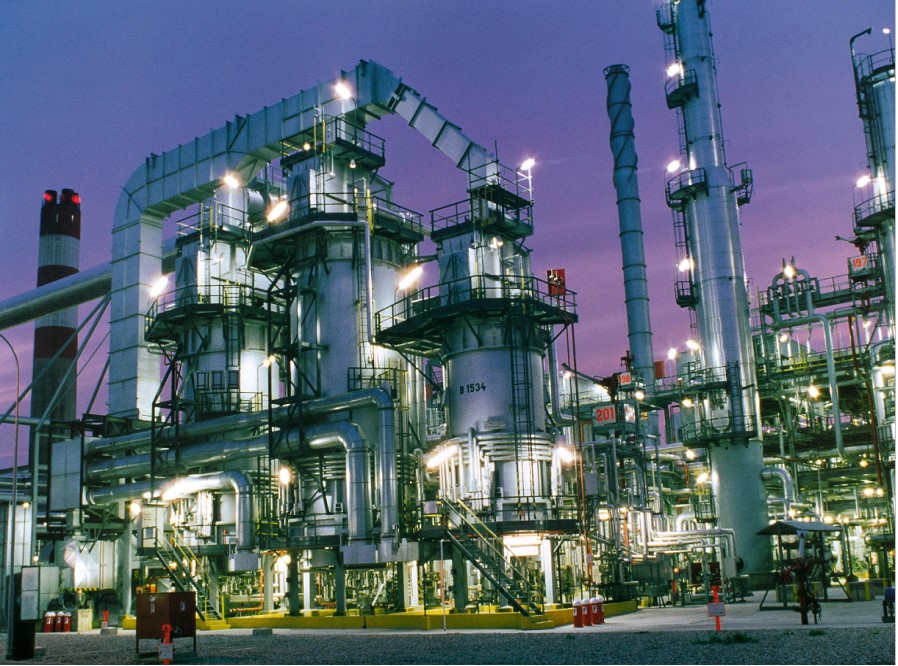Course Unit S-U1 Risk and Safety
The module is designed to help students improve their knowledge and awareness of chemical safety. Participants will identify the hazards associated with the chemicals, will learn safe working practices, and ultimately leave the course with an enhanced ability to assess risk, so they can identify the risks and adopt safe working practices.

- Lecturer: Daniel Sainz
Course Unit S-U1 Risk and Safety
Course Unit S-U3 Chemical Plants Safety
Risk management framework and risk management processes, including the ISO 3100 in the context of organizations, and environmental risk management, as set up by health and environmental agencies. Identification of chemicals of concern, the physic-chemical properties affecting their emission, environmental fate, exposure and effect in human health and ecosystems. Hazard identification, exposure assessment, risk characterization, risk communication, and risk minimization. Deterministic and probabilistic risk assessment (modelling with Oracle’s Crystal Ball), characterization of uncertainty and sensitivity analysis.
- Lecturer: Luis Nunes
Course Unit S-U1 Risk and Safety
The objective is to get the knowledge of the importance of the safe use, caused by the duality of chemicals.
The control and knowledge of the supply chain (provider to end-user) is a key issue.
The participants will learn what to do if they receive a suspicious transaction and the regulations they need to comply with, to prevent illicit and unsafe uses of chemicals under different legislations and international conventions (Drug Precursors, Explosives Precursors, Import and Export of Dangerous Chemicals (PIC Regulation), Dual Use of Chemicals)
The future of safe use will be linked to sustainability in the new developments of Chemicals Strategy for Sustainability (CSS) and the supply chain control.
- Lecturer: María Eugenia Anta Espada
Course Unit S-U2 Chemical Safety
Course Unit S-U3 Chemical Plants Safety
Recognize and manage reactive chemical hazards and show how uncontrolled chemical reactions in the industry or laboratory can lead to serious harm and introduces key concepts for avoiding unintended reactions.
At the end of the module the student is expected to be able to:
1. understand the situation that can cause uncontrolled reactions.
2. identify all chemical reactivity hazards.
3. understand the key concepts for avoiding unintended reactions
- Lecturer: Anton Vidal
Course Unit S-U2 Chemical Safety
Course Unit S-U3 Chemical Plants Safety
1) Introduce the principles of the thermal safety assessment of a chemical process
2) Describe the quantities used to measure the severity of chemical process with several examples
3) Show the most common instrument used to calculate the thermochemical properties of a chemical reaction
4) Introduce the concepts connected to the powder explosion and flammability
- Lecturer: Matteo Pori
Course Unit S-U2 Chemical Safety
To introduce the main theoretical issues in societal risk perception of chemical risk and provide
To explain main psychological and sociocultural factors affecting public risk perception
To illustrate cases and examples of effective risk communication in health and safety
To examine the main methods and tools in human error and human reliability assessment
- Lecturer: Frederico Fraboni